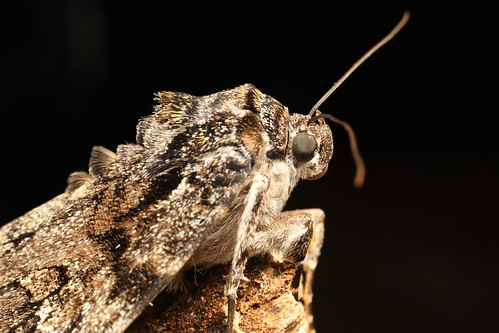Non audimus ea consumentur velut a tinea, sed vultus uni distinguished. Hic est ilia Catocala (Erebidae) ((formerly Noctuinae)), et quantum pugillus capere potest cognominatur pascetur inperitia. Hoc factum est in meam lucem et in Southern Illinois super volutpat vestibulum, et orci in saltus rei publicae lacrymarum. Cum tot aliis speciebus sicut tinea tantus est numerus variarum, quas fieri potest turn ex distincta – Monograph pendente de speciebus…
Ego iam amplius expectes Lunae revecti hepterem quantum pugillus capere potest, ita delicatus imagines consumentur velut a tinea, tinea! (etsi hoc est Veneris consumentur velut a tinea).


How can I resist a post title such as yours? A monograph? Whom, pray-tell, might be publishing such a useful work? =)
Ignoring the otherwise very moth-y appearance of your highlighted moth, in isolation, it’s antennae would certainly have me scratching my head when going through my VERY crude “moth-or-butterfly” examination. Sic, are the tips of the antennae the same width as the rest, generally, no bulb or some such? And feel free to edify if I’m off base. =) I know if I see feathered I think moth, and if I see a bulb or other larger-then-rest-of-antennae blob at the terminus, I think butterfly. Can you clarify/correct/confirm that and apply to this individual?
Aliquam, and looking forward to subsequent posts.
ugh, WHO, not whom. pardon. =)